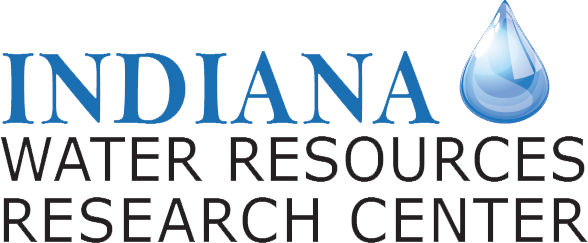Factsheet – Pilot study to evaluate potential use of fatty acids as condition index of freshwater mussels (Unionidae) in response to upstream environmental effects
A research project funded by the Indiana Water Resources Research Center through the U.S. Geological Survey’s 104B annual base grants (section 104 of the Water Resources Research Act of 1984, as amended).

Start Date: 2021-09-01
End Date: 2022-08-31
Total Federal Funds: $16,750
Total Non-Federal Funds: $33,900
Freshwater mussels (Unionidae) are a diverse and ecologically important group of organisms that are globally distributed and widespread across North America. In Indiana and across their range, unionid mussels have experienced drastic losses in diversity and abundance, and many extant species are considered threatened or endangered. Efforts to conserve mussel populations are currently underway by a number of agencies and institutions, but these efforts may be hindered by knowledge gaps related to basic life history, ecology, and mechanisms related to mussel population health. While researchers have utilized quantitative modeling as a tool to better understand mussel distributions, few mechanistic approaches have been developed to directly measure individual mussel condition, population health, and more recent species’ responses to environmental stressors. Profiles of fatty acids, a critical macronutrient, are often directly indicative of a consumer’s diet and the habitats they occupy. This project explored the use of fatty acid profiles to assess mussel health and performance.
Research Objectives
Develop a proof of concept of how fatty acid profiles differ among freshwater mussels originating from habitats with contrasting degrees of environmental impairment.
We targeted a relatively abundant and ubiquitous mussel species, Wabash Pigtoe (Fusconaia flava), and collected individuals from six locations (across three rivers: Tippecanoe River, White River and Mississinewa River) in the Ohio River drainage. Locations were paired within a single river, with one site being upstream and one site downstream of a dam. After collecting mussels, we measured their fatty acid profiles using a gas chromatography-mass spectrometer.

Wabash Pigtoe mussels collected in the White River (Indiana) for subsequent fatty acid analysis. Photo credit: Brant Fisher and Ben Szczygiel
Researcher Profile

Major Conclusions & Significance
What Does This Mean For Indiana?


